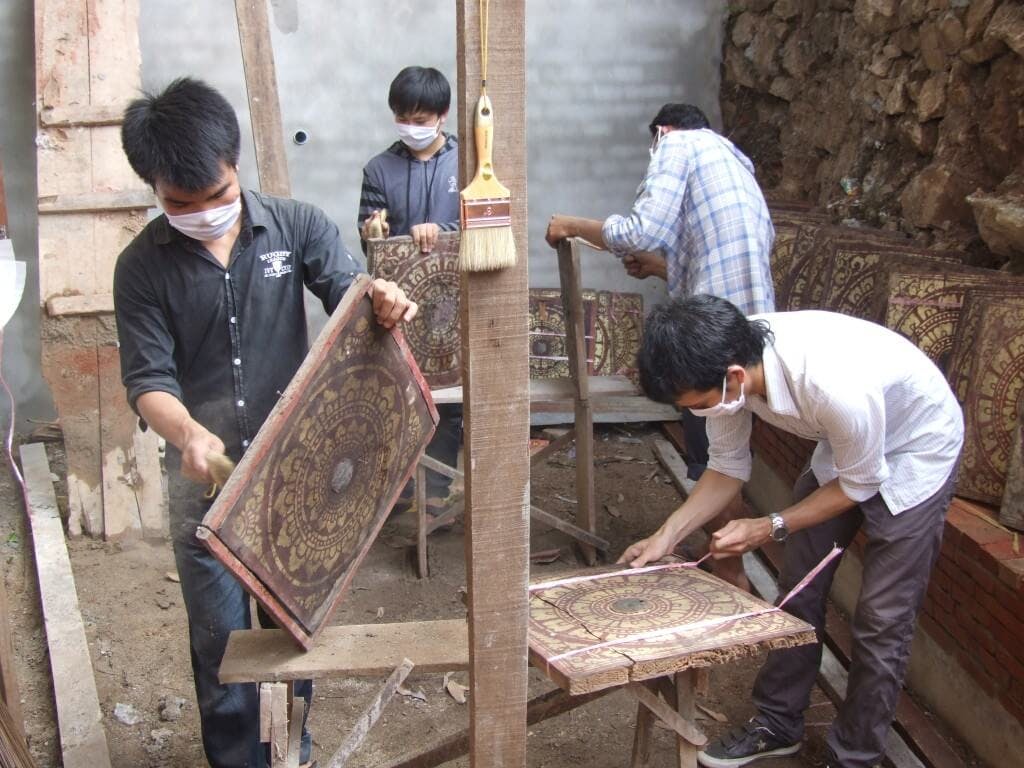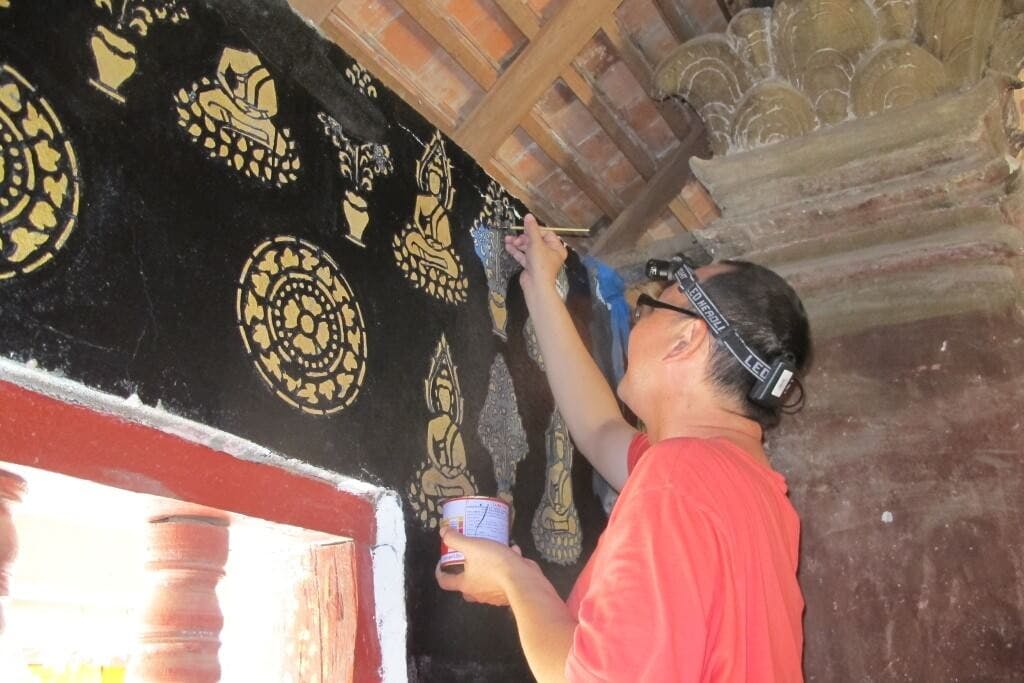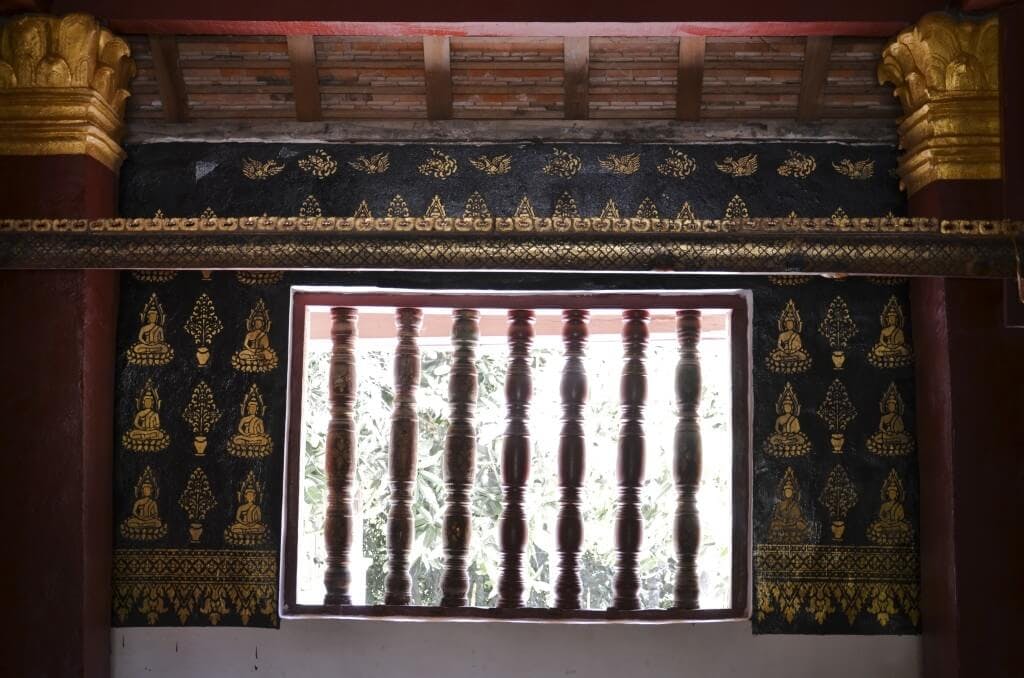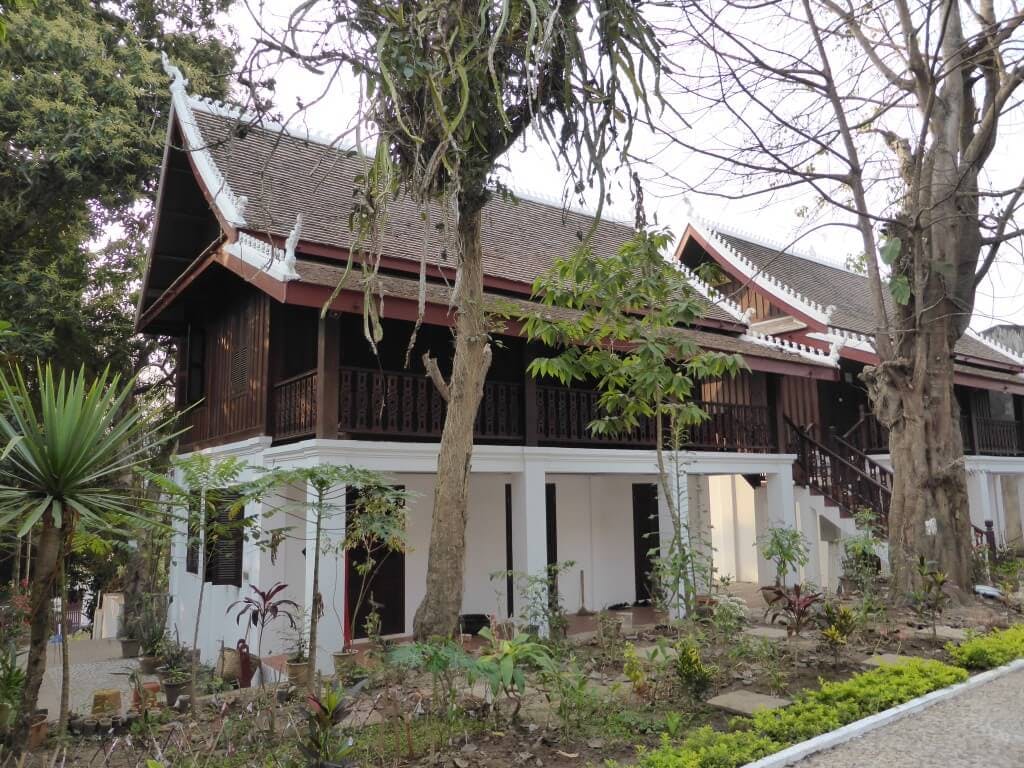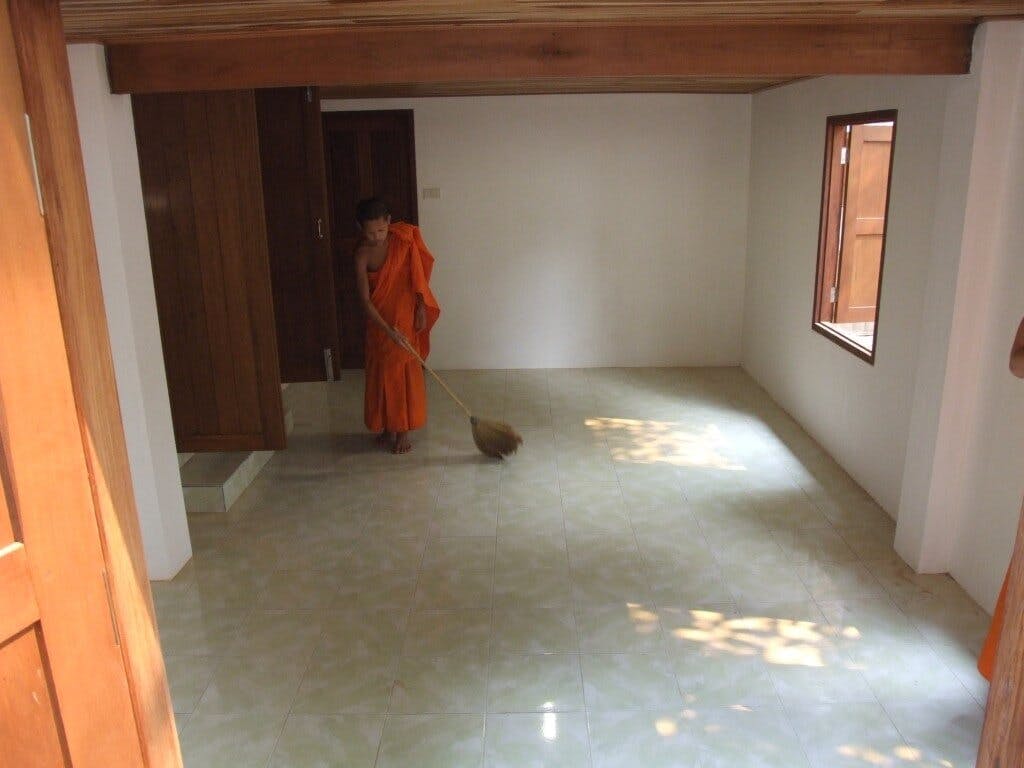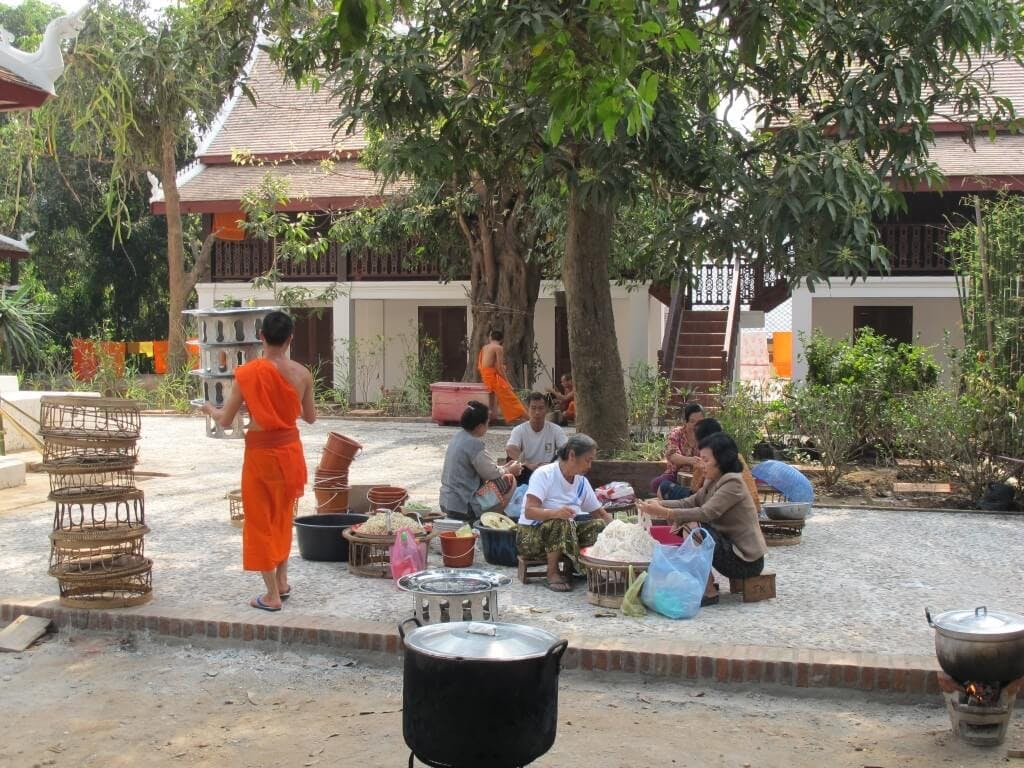Vat Pak Khan is one of the oldest monasteries in the area dating back to to the late 18th century. It was in an extremely neglected state with very basic facilities but still in constant use by a large number of monks and novices.
Each monastery is the religious centre of community life in Laos. The Buddhist Heritage Project, alongside local community leaders, identified that the restoration of Vat Pak Khan would re-establish the cultural heritage within its immediate surroundings and also act as a model, inspiring similar work at other temples within the town.
The Foundation worked in partnership with the Buddhist Heritage Project, Vat Pak Khan’s monastic community, UNESCO Heritage House, and local and international experts to ensure the conservation of the buildings and the site were carried out sensitively and in adherence to ancient and traditional methods. One of the principal aims of this project was not to turn the site into a museum but to return it to community life. It was clearly visible that once the project started, local people became much more engaged and involved in all aspects thereby ensuring that going forward they would take ownership of the project and maintain it.
The restoration of the Vat Pak Khan monastery was funded by the Foundation in three phases. The first phase addressed the living and sanitation conditions of the monks and novices which were in particularly bad condition. The sanitary and bathing facilities were upgraded and a new kitchen, new khutis (dormitories) and a new open air Sala (pavilion) were constructed.
Phase two involved the restoration of the centuries old Sim (the ordination hall of the temple), which contained architectural and decorative features from the original eighteenth century construction. As the Sim is the heart and soul of the site, it was restored with great care and respect to the original design and structure. Hence an enormous photographic project was carried out even before work began, with more than 2,500 images taken, to ensure no deviation was made to the original features.
Phase three involved the landscaping and hard-scaping of the site. The trees, plants, bricks and cement at the compound were much more than just physical appearance. Their selection and careful placement followed traditional practices.
Since completion, conditions for the many monks and novices living at the compound have improved considerably. Techniques used by students from the Northern University of Laos have helped to keep alive the ancient Buddhist skills and use of local materials.
